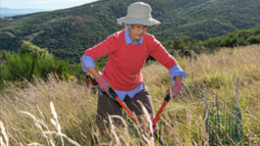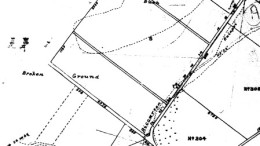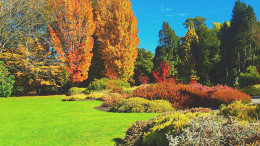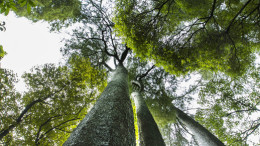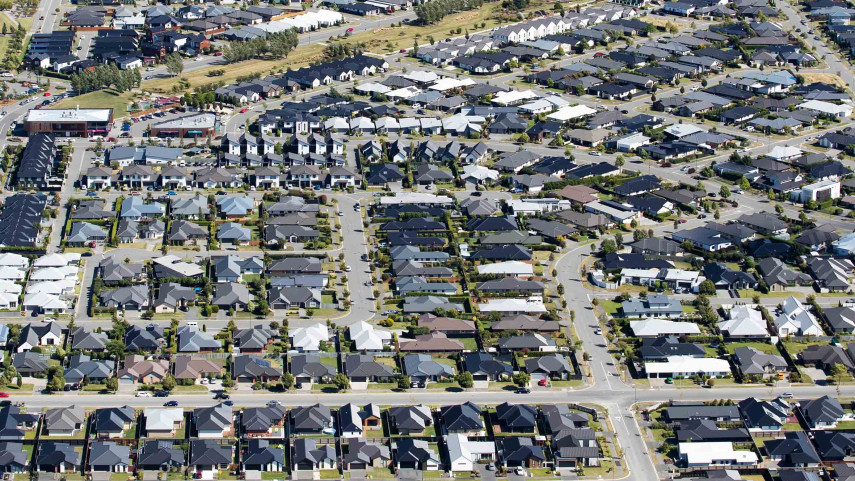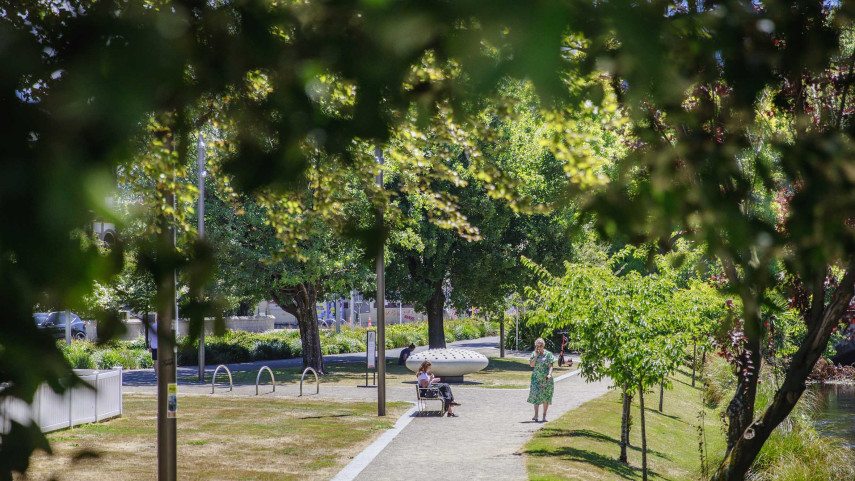Christchurch is a green city with a resilient, sustainable and healthy environment where a mix of native and exotic plant communities reinforce the Garden City identity and supports local biodiversity.
Trees provide a range of social, environmental, cultural ecological and economic benefits and services that enrich the quality of urban life:
- Provide shade in summer, shield us from cold in winter.
- Remove pollutants from air and water.
- Contribute to a more walkable, liveable and sustainable city.
- Create greener, vibrant and more enjoyable neighbourhoods.
- Improve urban ecology and help mitigate climate change.
- Provide engaging community, recreational and social spaces.
Our Urban Forest Plan sets out how we will grow our tree canopy and sustain a thriving urban forest of healthy, diverse and resilient trees. It sets our direction and priority for planting, nurturing and protecting our city’s trees for now and the future.
This plan explains how we’ll increase our urban forest and achieve its four goals:
- Plant - Our urban forest canopy cover is growing sustainably.
- Nurture- Our urban forest thrives with healthy, diverse and resilient trees.
- Protect - Our urban trees are valued and looked after as critical infrastructure.
- Involve - Our urban forest is nurtured by partnerships and participation.
The plan outlines a range of actions we need to take to achieve these goals. These actions will be funded through the Council’s annual and long term planning processes.
Read the Ōtautahi-Christchurch Urban Forest Plan 2023 [PDF, 4.2 MB].
Canopy cover is used as a measure to determine the amount of land which is covered by trees.
This is done through the use of aerial photography and light detection and ranging (LiDar).
Christchurch City Council has commissioned two surveys to date.
One based on aerial imagery taken in 2015/2016 and the second in 2018/2019:
- Christchurch City canopy cover report 2015/16 [PDF, 3 MB]
- Christchurch City canopy cover report 2018/19 [PDF, 2.5 MB]
Use the Ōtautahi-Christchurch ecosystem map to find information about the soil types and historic indigenous vegetation of the city.
This resource is useful for both backyard planting, school projects and community planting projects.


